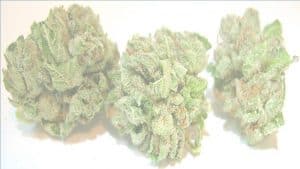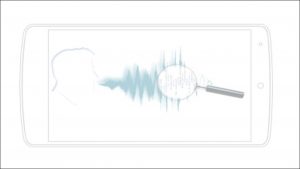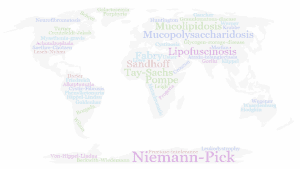As you browse this webpage to read this blog, how many of you are wearing a watch, or periodically finding yourself glancing at your computer’s clock to check time? But why? Why is it so important to tell time? You will agree that knowing what time it is allows you to anticipate daily events, which in your own interests ensures that you are at the right place, at the right time. However, humans are not the original inventors of clocks. Indeed, virtually all life forms across all lines of evolution, including bacteria, fungi, plants and animals, have endogenous clocks that are capable of keeping time. These are known as biological clocks.
So, what advantages do these biological clocks provide? To answer this, we only need to observe the environment in which we live and where life has evolved since its origin on planet Earth, millions of years ago. This environment is characterized by a myriad of cyclical fluctuations, including those that occur day after day as the Earth rotates on its own axis. One of the most important results of this rotation is the day-night cycle. However, there are others, including changes in temperature, food availability, etc. It is therefore not surprising that, under such predictable environmental changes, natural selection has favored the presence of inbuilt biological clocks in living organisms, so that they can anticipate these cyclic events, thereby reducing uncertainty. This can be strongly seen in predator-prey relationships, for example. When the wolves and owls are hunting by nightfall, rabbits and mice must not delay to return to their safe house and burrow, or they run a risk of being a meal. At a cellular level, it is also important that cell division occurs at the time when exposure to ultraviolet radiation is low, reducing therefore the possibility of genetic mutations caused by solar energy.
Unlike your watch that operates only on a 24h cycle, there are different types of biological clocks or rhythms, and they are categorized by their period (frequency of occurrence). The most studied so far are rhythms close to 24h, otherwise known as circadian rhythms (from Latin “circa diem”, which means “about a day”), and a good example of this is the sleep-wake cycle.
So the question is, what generates and orchestrates these circadian rhythms? In mammals, the central, or master, clock was discovered in the early 1970’s. This clock is located in our brain, in an area known as the suprachiasmatic nuclei (SCN). The SCN clock is made of molecular “cogs” within a population of neurons and the hands of this molecular clock are encoded genetically. As with all time-keepers, the activity of these clock neurons needs to be “tuned” to the surrounding environment every day by resetting signals. Primarily, this is achieved by light, but other cues such as physical activity and regular feeding schedules can also act to adjust this clock. Once perfectly synchronized with the external world, this clock conveys the circadian message of “what time it is” to the rest of the brain and body. Thus, the SCN control virtually every aspect of our daily lives: tic-toc, it’s time to express this gene; tic-toc, it’s time to produce this hormone; tic-toc, it is time to get up; tic-toc, time to sleep; tic-toc, it is your moment of peak concentration; tic-toc, it is time to eat; etc.
The importance of this circadian clock is highlighted by recent studies demonstrating an association between biological rhythm alterations (e.g. disrupted sleep-wake cycle, altered patterns of hormone secretion, such as melatonin and cortisol) and different pathological states (e.g. neuropsychiatric disorders, cardiovascular disease, metabolic syndrome and several types of cancer). Many of these rhythm alterations result from our modern 24/7 society lifestyles. These are societies governed by the abuse of artificial light at night, low levels of exposure to sunlight during office hours, shift work, stress, chronic jet-lag caused by frequent intercontinental trips, loss of regular meal schedules, disruption of our daily routine during weekends by staying up until very late, etc. This story gets more complicated when we consider that the development of certain pathologies can, in turn, alter the circadian system functionality.
Although there have been great advances in the field of Chronobiology (the study of biological clocks) over the past years, we still have a long way to go. However, a bold path towards deepening our knowledge on how biological clocks work, how do they orchestrate the various rhythms of our body, and how different situations can alter their functionality has started. On this path, Chronobiologists are not alone as more and more researchers from different fields are now incorporating the “time” dimension in their studies. There is also an increase in interdisciplinary collaborations. Surely, this is the way to go and, of course, time will always be our common travel-mate! So Keep Time and Carry On!!
By Dr. Beatriz Baño-Otálora. Postdoctoral Researcher, University of Manchester, United Kingdom.






